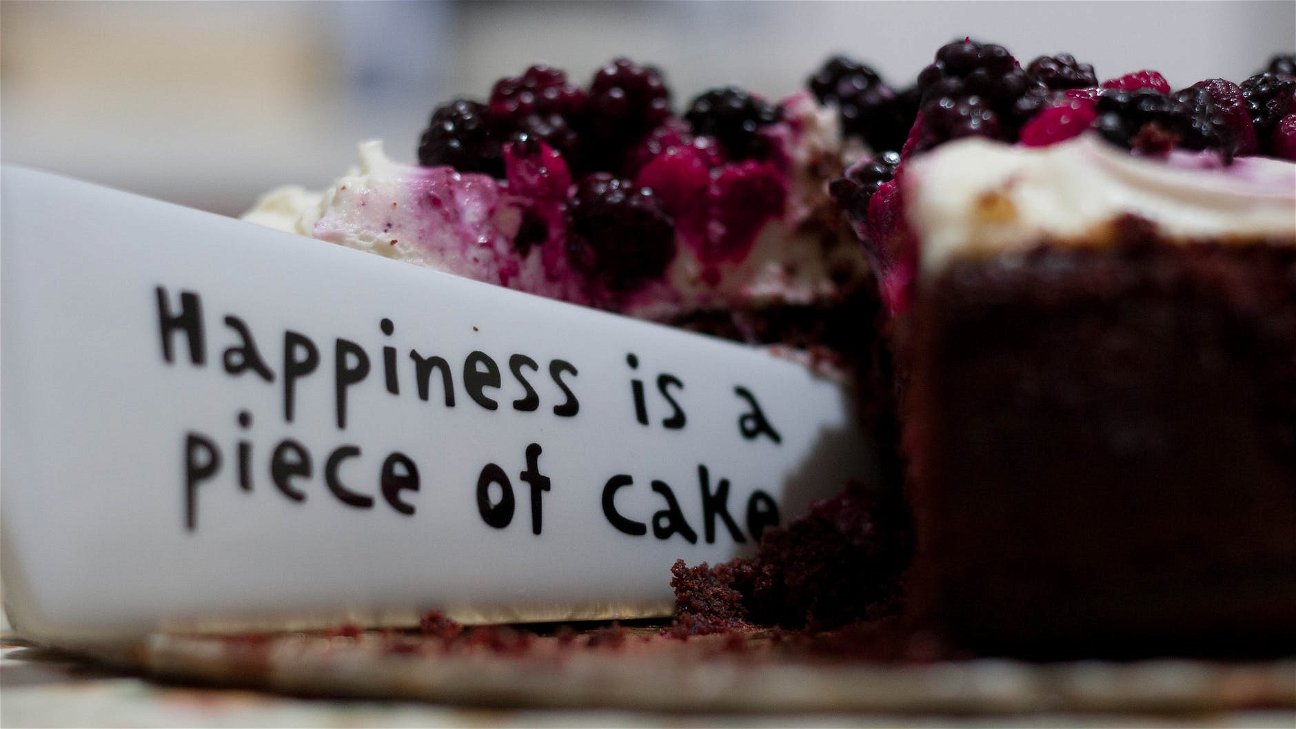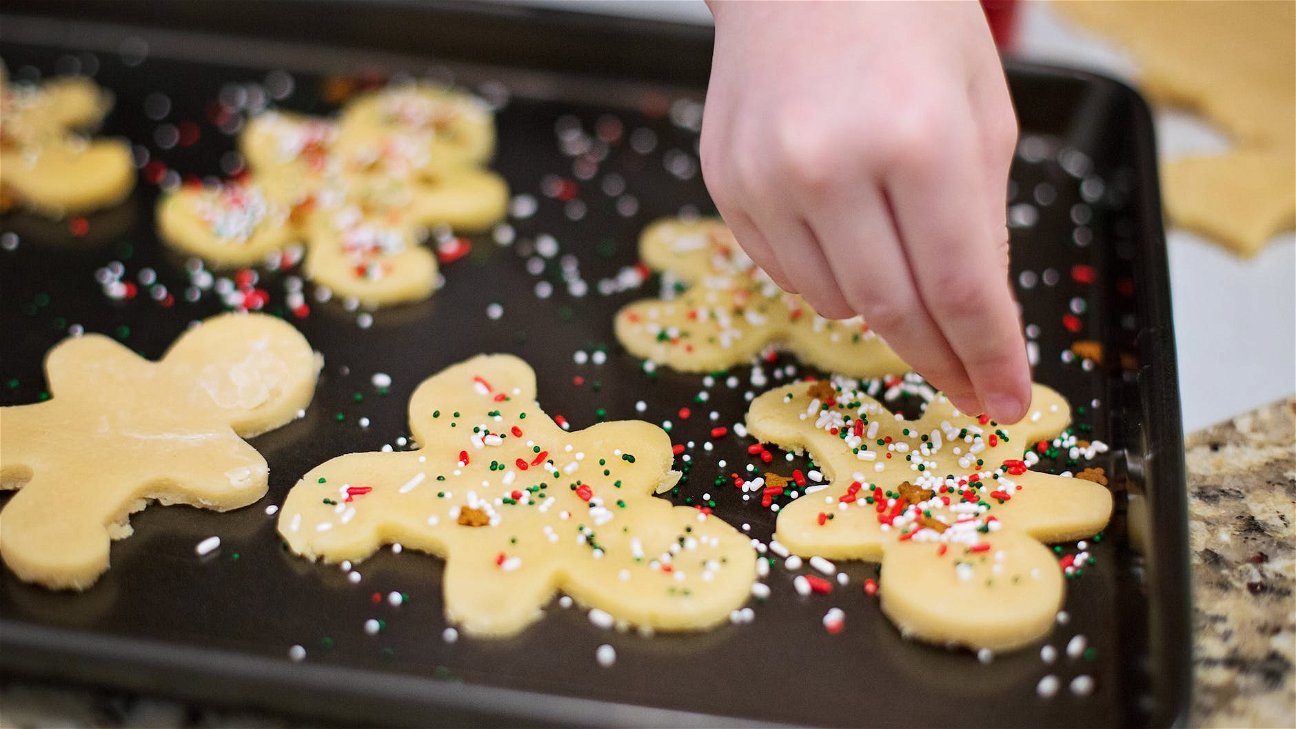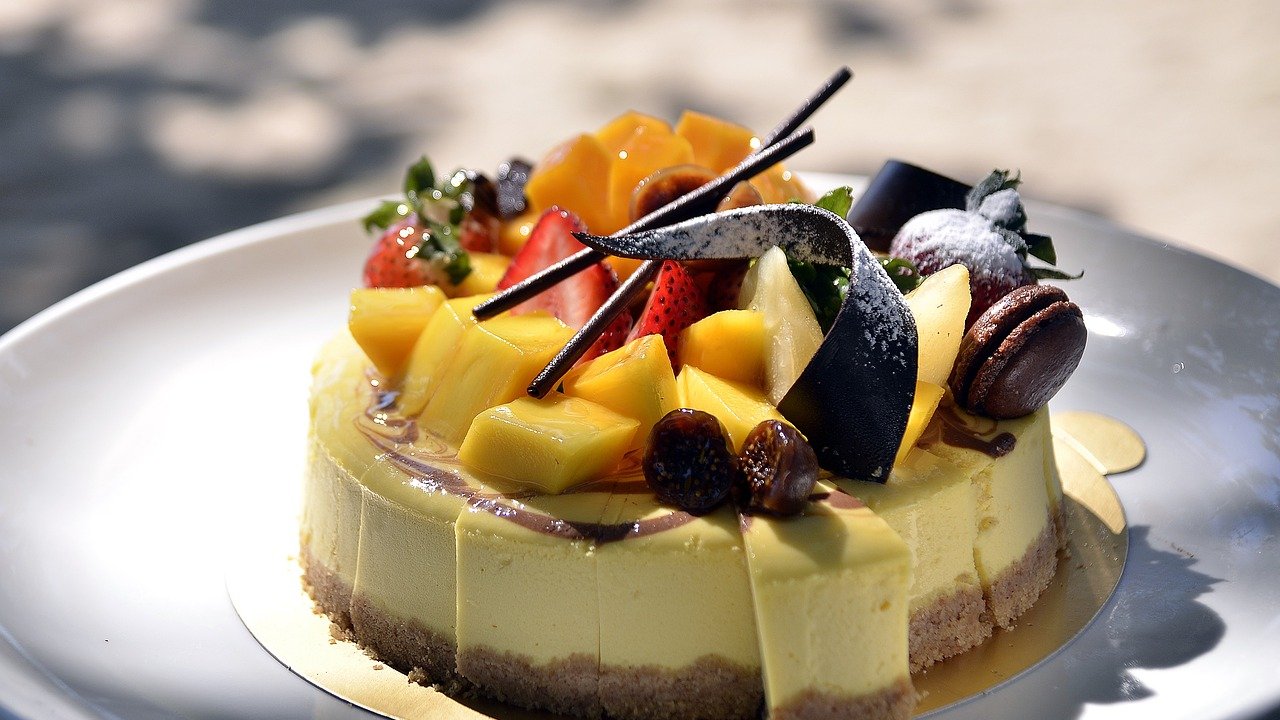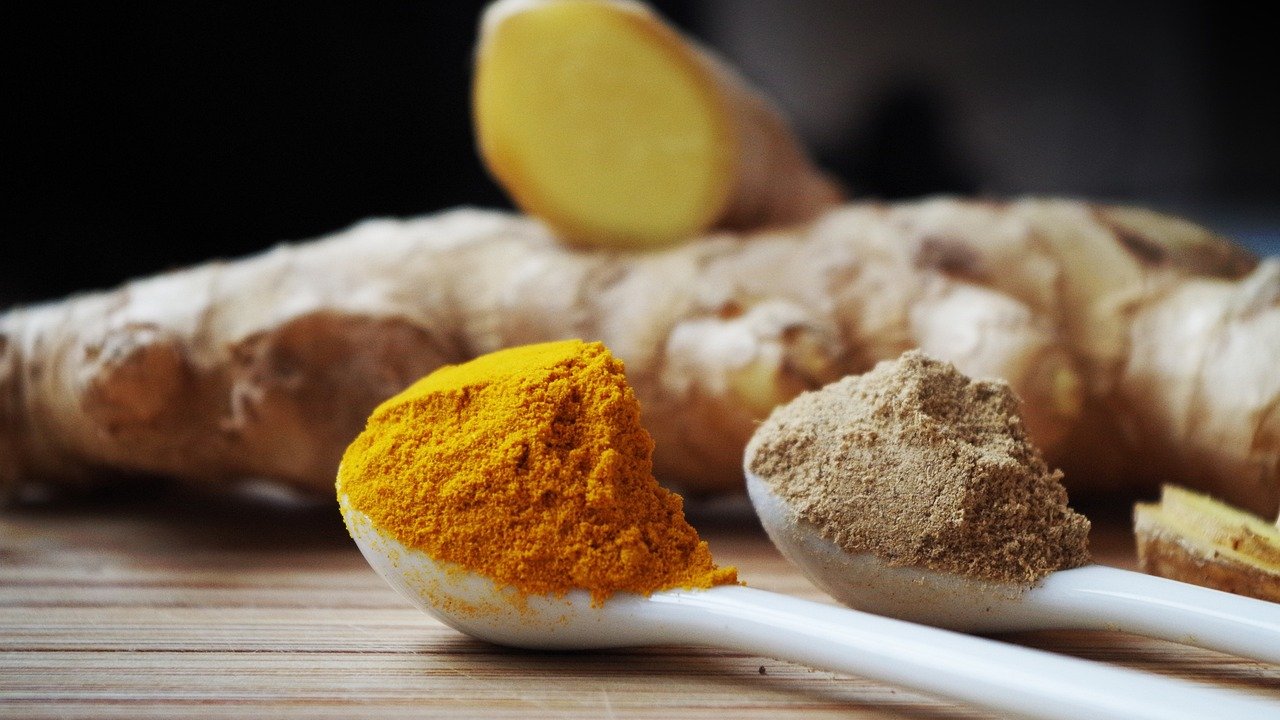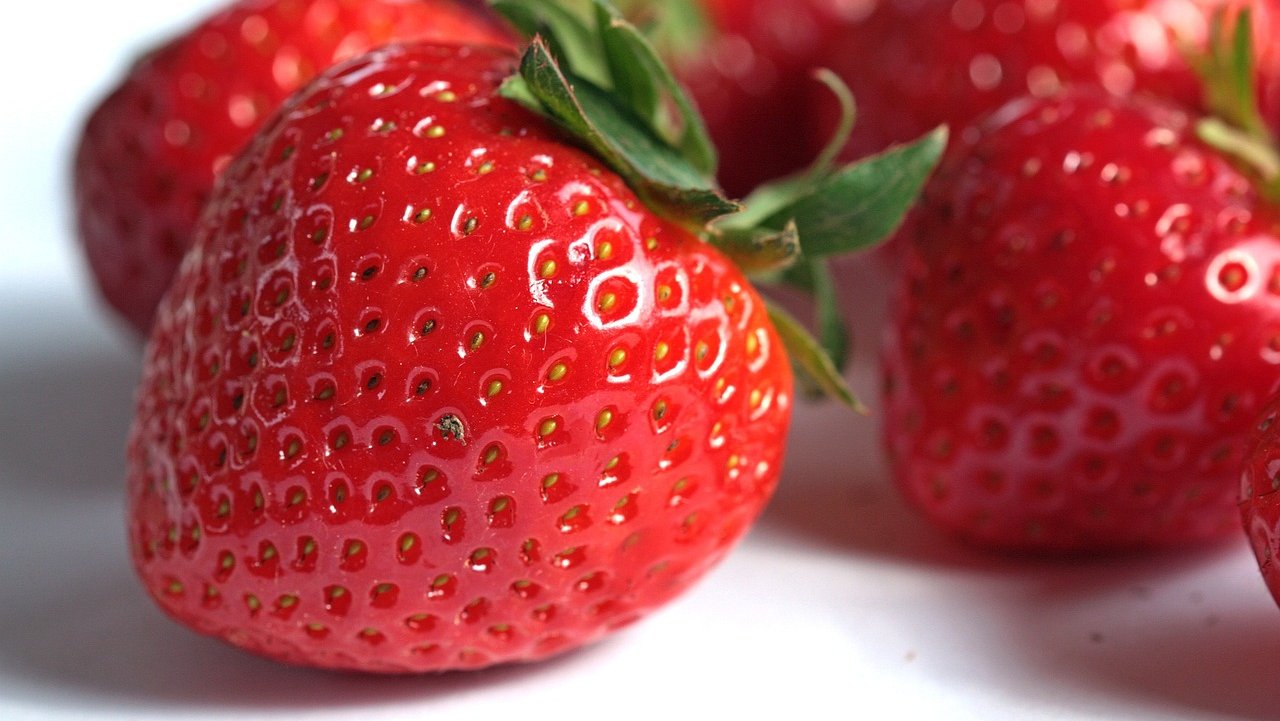
Stuffed pastries are a beloved treat worldwide, with countless variations from sweet to savory, and from simple to gourmet. Whether you're a home baker looking to improve your skills, or just a foodie who loves a well-baked pastry, this guide will walk you through the top five techniques to get perfectly baked stuffed pastries every time.
Choose the Right Dough
The first and arguably the most important step in baking stuffed pastries is choosing the right dough. There are numerous types of dough you can use, each with its own unique characteristics. Here are a few common ones:
-
Puff Pastry: This dough creates a light, flaky texture perfect for both sweet and savory fillings. It's made by layering dough and butter, which puffs up during baking to create hundreds of thin, flaky layers.
-
Shortcrust Pastry: This is a crumbly dough that's ideal for pies and tarts. It's made with a high ratio of fat to flour, resulting in a rich, buttery flavor.
-
Yeast Dough: Yeast doughs are used for bread-like pastries such as Danish pastries. They have a soft, chewy texture and a yeasty flavor that works well with a variety of fillings.
Perfect the Filling
The filling is what gives a stuffed pastry its character. Whether it’s sweet or savory, the filling should be flavorful and moist without being too wet, as excess moisture can make the pastry soggy. Here are a few tips for perfecting your filling:
-
Seasoning: Don't skimp on the seasoning. Whether it's cinnamon and sugar for a sweet pastry or salt and herbs for a savory one, seasoning is key to a flavorful filling.
-
Moisture: To avoid a soggy pastry, be careful with the moisture in your filling. Cooked vegetables should be drained properly, and juicy fruits may need to be tossed in a bit of flour before being used as filling.
-
Quantity: Don't overfill your pastries. Too much filling can make it difficult to seal the pastry, and it can also cause the pastry to burst during baking.
Master the Folding and Sealing Technique
How you fold and seal your pastries can have a big impact on how they bake. The goal is to create a tight seal so that the filling doesn't leak out during baking. Here are some popular techniques:
-
Fork Crimping: After folding over your pastry, you can use a fork to crimp the edges together. This not only seals the pastry but also creates a decorative edge.
-
Egg Wash: Brushing the edges of your pastry with a beaten egg before folding and sealing it can help to create a tighter seal.
-
Pinching: For a rustic look, you can simply pinch the edges of your pastry together with your fingers.
Set the Right Oven Temperature
The oven temperature is crucial for baking perfect pastries. Too hot, and your pastries could burn before they’re cooked through. Too cool, and they won’t get that beautiful golden-brown color. A general rule of thumb is to bake at a high temperature (around 425°F) for the first 10-15 minutes to get a nice color, then reduce the temperature to allow the pastries to bake through without burning.
Use a Good Quality Baking Sheet
Finally, don’t forget about the baking sheet. A good quality, heavy-duty baking sheet will distribute heat evenly, helping to ensure that your pastries bake evenly. It’s also a good idea to line your baking sheet with parchment paper or a silicone baking mat to prevent the pastries from sticking.
By following these five techniques, you'll greatly increase your chances of baking perfectly golden, delicious stuffed pastries every time. Remember, practice makes perfect, so don't be disheartened if your first few attempts aren't perfect.

